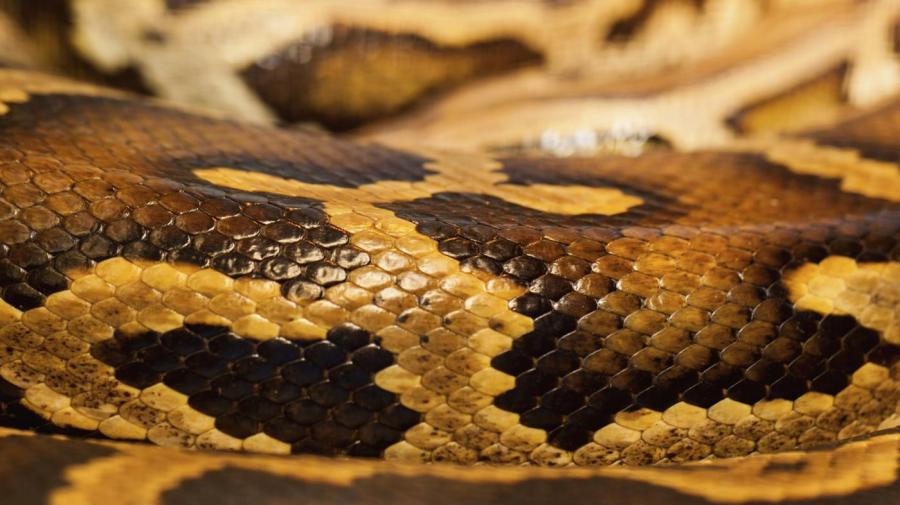Why Are Reptiles Cold Blooded?

Cold blooded does not mean reptiles have cold blood. They are, however, referred to as “cold-blooded” animals because of how they regulate their body temperatures through a process called thermoregulation.
In thermoregulation, reptiles are able to regulate their own body temperatures by moving to different types of environments. If a reptile feels the need to warm up, it heads to an area where it senses warmer temperatures, such as a warm rock or an area with a warmer channel of air. It then stays in that place to readjust its internal body temperature. In turn, if the reptile requires cooling down, it seeks out a cooler location, such as a shady place or a body of water. Another way reptiles maintain body temperature is by huddling together with other reptiles to either warm up or cool down.
Reptiles differ from mammals because mammals must sweat to cool down or shiver their muscles to warm up. Sweating or shivering to regulate body temperature is referred to as endothermy. Mammals and even insects, such as bees, mimic traits of thermoregulation by seeking out warmth or cold. However, unlike reptiles, amphibians, insects, and other cold-blooded animals, mammals are not able to inherently regulate their body temperatures.





